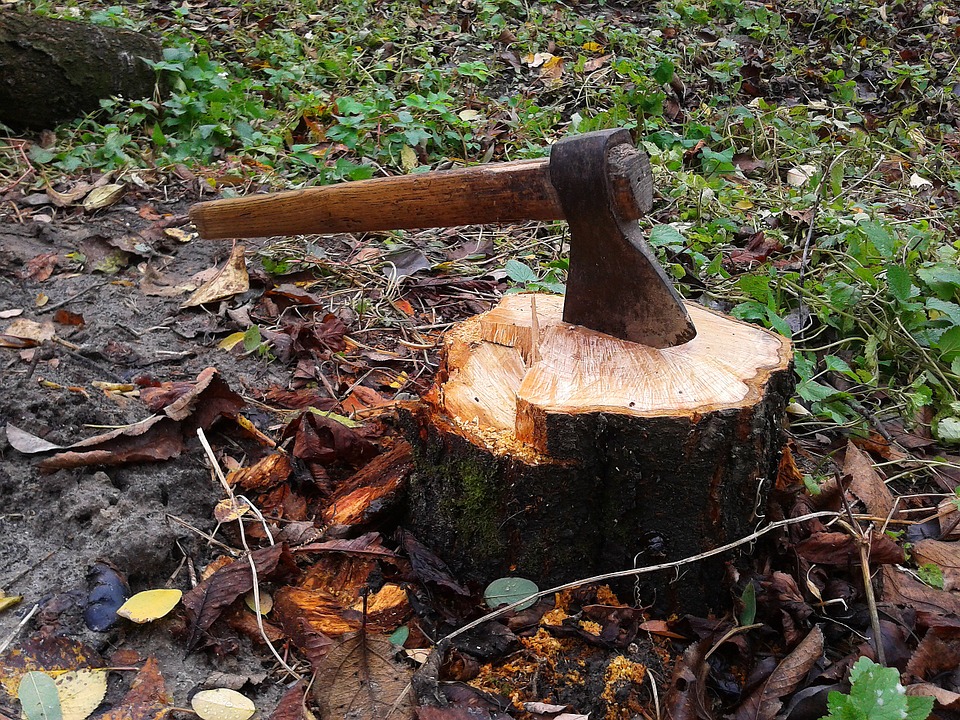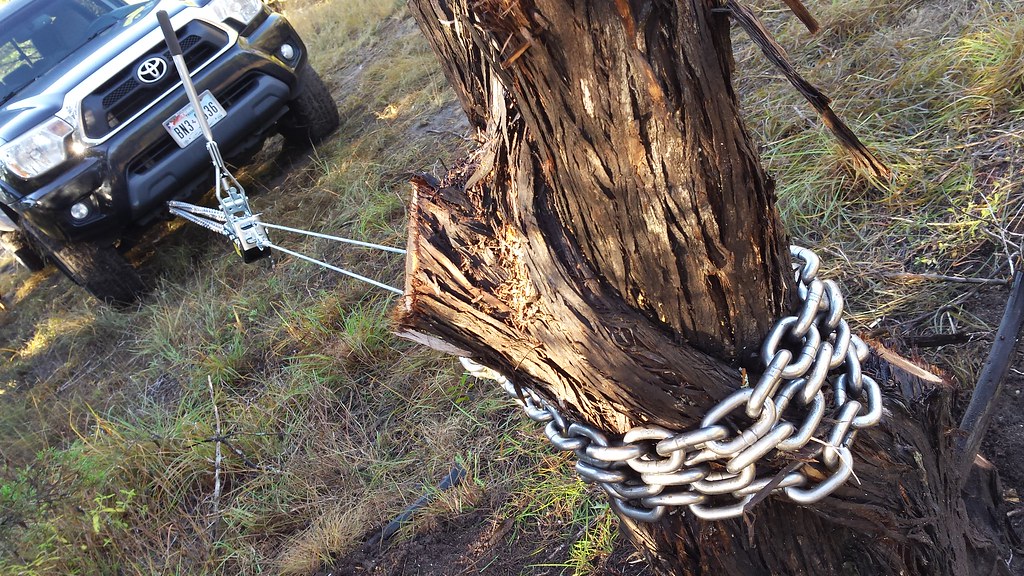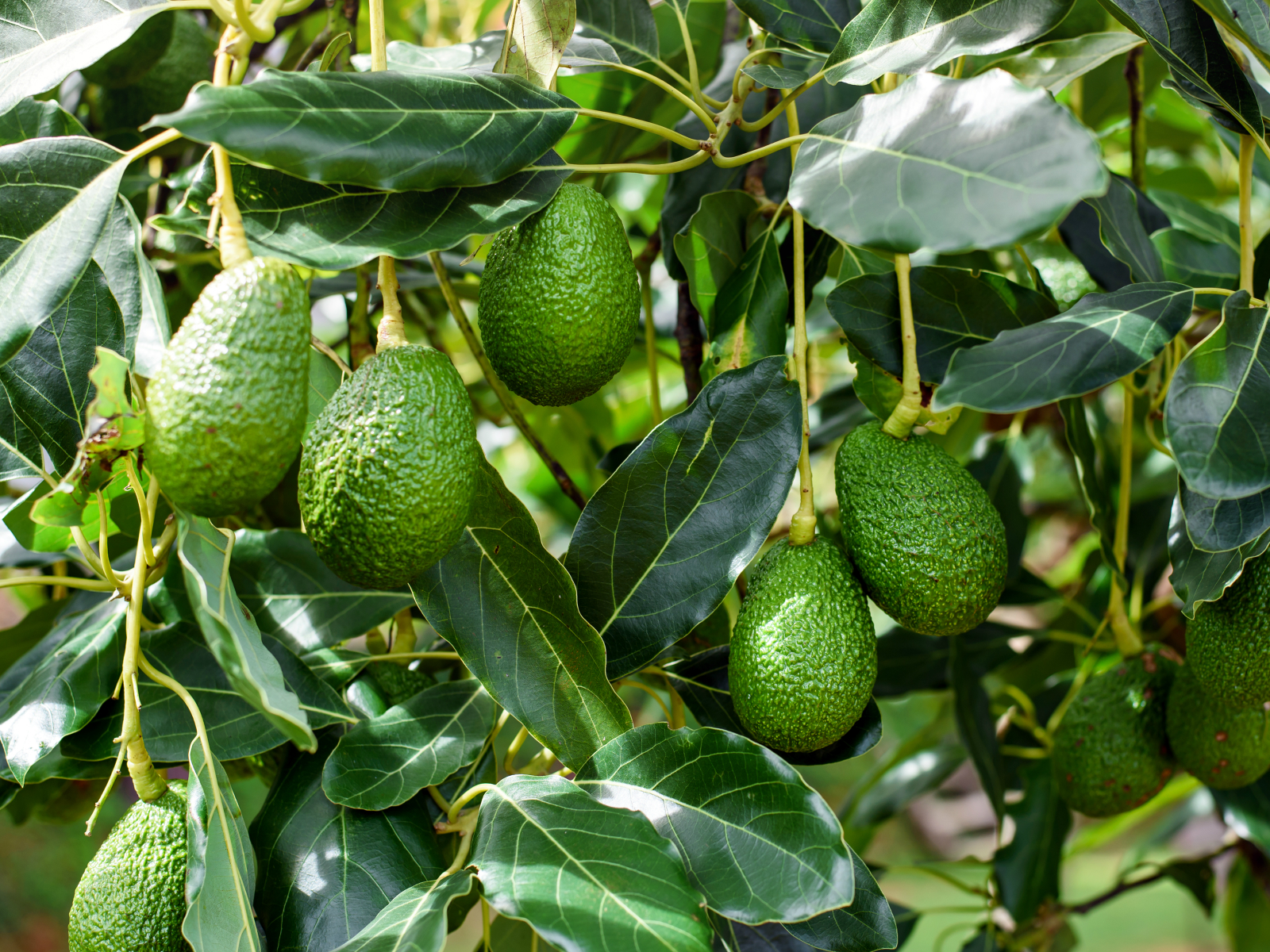Summary
– Stump removal: several good reasons
– Some precautions before Stump removal
– Stump removal methods: manual or mechanised?
Stump removal or uprooting is the last step in tree cutting. It is preceded by:
– the dismantling of the tree;
– the felling of the tree;
– the delimbing on the ground;
– the cutting of the wood.
Stump removal: several good reasons

Stump removal consists of extracting the roots and stump of the felled tree before levelling the ground thus freed. Stump removal can be replaced by trimming the stump with a stump trimmer. Stump removal can be essential for various reasons:
– The stumps left in the ground can be a danger to vehicular and pedestrian traffic;
– on farms, they are an obstacle to farm work;
– in areas to be urbanised, they can obstruct by their discharges and suckers, clog pipes and deteriorate foundations;
– rotting strains represent a possible source of infection due to a fungus (especially Armillaria mellea).
Some precautions before Stump removal
Stump removal requires considerable pulling or pushing power depending on the equipment used: winches or pushing machines.
Protection of personnel during stump removal
Safety when pruning or cutting down a tree is paramount. The personnel on a Stump removal site must wear Personal Protective Equipment: reflective or signal clothing and gloves, helmet, safety boots or shoes, etc.
Care must be taken to ensure that people and animals do not approach the worksite and its surroundings during Stump removal. It is preferable to use a recognised pruning company with professional loggers.
Stump removal: pay attention to networks and infrastructures
Stump removal can be a very complex operation, especially in urban areas. Precautions must be taken to respect everyone’s safety and regulations:
– It is essential to locate in advance any underground infrastructure (gas, water and electricity pipes, septic tanks) and make sure that large lateral roots have not penetrated the soil near foundations.
– When the stump is located at the property line, a possible right-of-way must be negotiated to access the roots on adjacent land.
– If stump removal operations could impede traffic on a road or trail, the appropriate authorities should be notified to ensure safety.
Stump removal methods: manual or mechanised?
Stump removal is easier when the largest roots have been previously cut by uprooting trenches. This can be done manually or with a machine. Stump removal products are also available to facilitate the operation.
Stump removal by hand: shovel, heel pliers, and a strong pull tool
Stump removal is performed manually:
– by pulling the stump with a sharp pull;
– after digging the uprooting trenches with a shovel by cutting the roots with heel pliers.
Hanging the cable of the puller on the trunk is done using a chain pantoire to avoid damaging the cable by the hook of the sling. It is recommended to make a dead turn around the trunk before joining the cable with the shackles.
Mechanised Stump removal: winch or pushing machine
Mechanised Stump removal is carried out:
– by pushing the stump with a bladed machine;
– or by pulling the stump using a tractor or a machine equipped with a skidding winch.
The two techniques are as follows:
1. Pushed mechanical stump removal
The machine grabs the stump from the lowest point in the trench and pushes it up.
2. Mechanical pulled stump removal (2 types)
i) The chain is struck on an opposite root and guided by a notched post to create a flip-flop.
ii) A groove is cut in the wood to allow the stump to tilt when pulled.
Finally, should you be looking for a professional, Tiley’s Tree Services delivers complete tree maintenance and removal services throughout the Eastern and Southeastern suburbs of Melbourne.




1 thought on “How Do You Kill a Stump That Keeps Growing?”